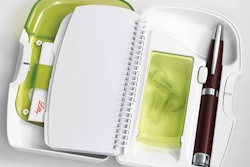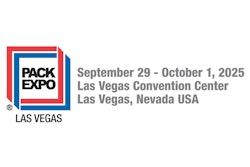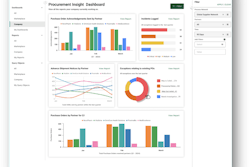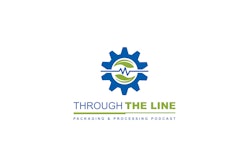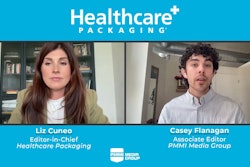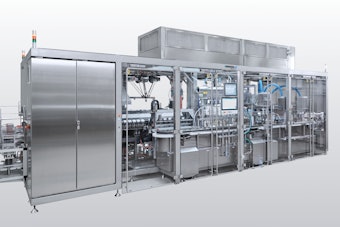Promoting international standards in Europe
Benefitting global industries, not the interest of individual countries, is part of the focus of ASTM's event in Prague, Czech Republic. New developments include a climatic stress package test.
Feb 23, 2010
List: Digitalization Companies From PACK EXPO
Looking for CPG-focused digital transformation solutions? Download our editor-curated list from PACK EXPO featuring top companies offering warehouse management, ERP, digital twin, and MES software with supply chain visibility and analytics capabilities—all tailored specifically for CPG operations.
Download Now
Pharmaceutical Innovations Report
Discover the latest breakthrough packaging technologies shaping the pharmaceutical sector. This report dives into cutting-edge innovations, from smart containers that enhance patient safety to eco-friendly materials poised to transform the industry’s sustainability practices. All from PACK EXPO. Learn how forward-thinking strategies are driving efficiency and redefining what’s possible in pharma packaging.
Learn More





